Beam Reach on Land: Research at the Lime Kiln
Learning about the ecosystem an organism belongs to is often just as important as learning about the organism itself, so that’s what Beam Reach 112 set out to do for the first few weeks on land. We were fortunate enough to be able to set up our land based research at the Lime Kiln lighthouse where the orcas are seen frequently (usually!). Though the orcas managed to elude us the majority of the time we were at the lighthouse, we had no shortage of research we could do.
Marine Mammal and Bird Observing:
Each day at the lighthouse, one person was on observation. For 45 minutes at a time, every bird and mammal spotted was recorded. Seagulls, Cormorants, Murres, Dall’s porpoises, Harbour porpoises, and playful seals were regulars at the lighthouse on pretty much a daily basis.
Harbour porpoise and a peeking seal observed from the platform infront of the Lime Kiln lighthouse.
Underwater Camera Monitoring:
An underwater splashcam was installed directly infront of the lighthouse with the first hydrophone and the, also newly installed, CPODs (for detecting dolphin and porpoise clicks) in view. One person’s duty was to record everything that swam infront of the splashcam on paper and as 10 minute video recordings. We often had kelp greenlings and rockfish hanging around in view, taking the occasional nap ontop of the CPODs, or swimming up to give the camera a big kiss. We also got footage of the occasional large lingcod, seals swimming past, and schools of salmon swimming north (headed for the Fraser River?).
Salmon school swims past splashcam at LK lighthouse
Water Analysis:
Using a YSI monitor, two people recorded water temperature, salinity, and dissolved oxygen daily. Then they also took a plankton tow and attempted to identify as many species as possible. The average water temperature was 10.85°C, average salinity was 28.95ppt, and average dissolved oxygen was 6.25mg/L. Some of the most commonly identified plankton species were Chaetoceros, Cylindrotheca, and Skeletonema.
Chaetoceros (left) and Skeletonema (right) found in samples collected at the Lime Kiln lighthouse.
Orcas!
When we finally caught the orcas swimming past the lighthouse, we were ready to spring into action. One person started recording and monitoring the hydrophones. Audible calls and clicks were recorded on a phonation sheet so that we could go back and listen to the best times of the audio recordings. The other three of us headed down to the “iron post†infront of the
lighthouse, armed with a behaviour sheet, binoculars, and the camera. The goal was to record clock orientation (to the iron post), travel direction, distance, and any surface active behaviours, and attempt to get as many identification pictures as possible. This information goes into the Beam Reach archives to help with future projects, and can be used to help us confirm localizions of calls from the hydrophone recordings.
Orcas passing by the Lime Kiln lighthouse on September 15, 2011
Our time at the Lime Kiln helped us learn about the “big picture” of all the pieces of the orcas’ environment. Though it was kind of hectic (yet extremely exciting) when we did get to record orca data, it gave us a good introduction to what life on the Gato Verde would be like…
Read More
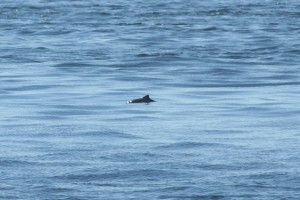
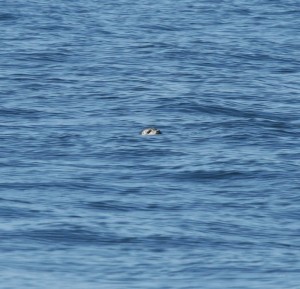
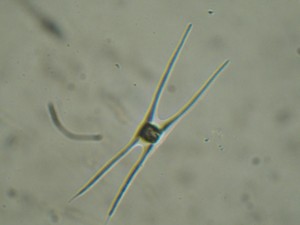
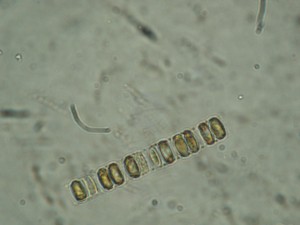
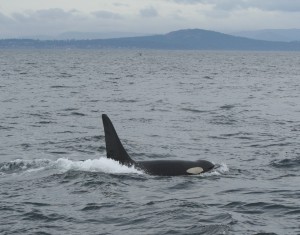
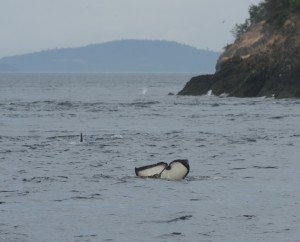


 Twitter
Twitter LinkedIn
LinkedIn Facebook
Facebook